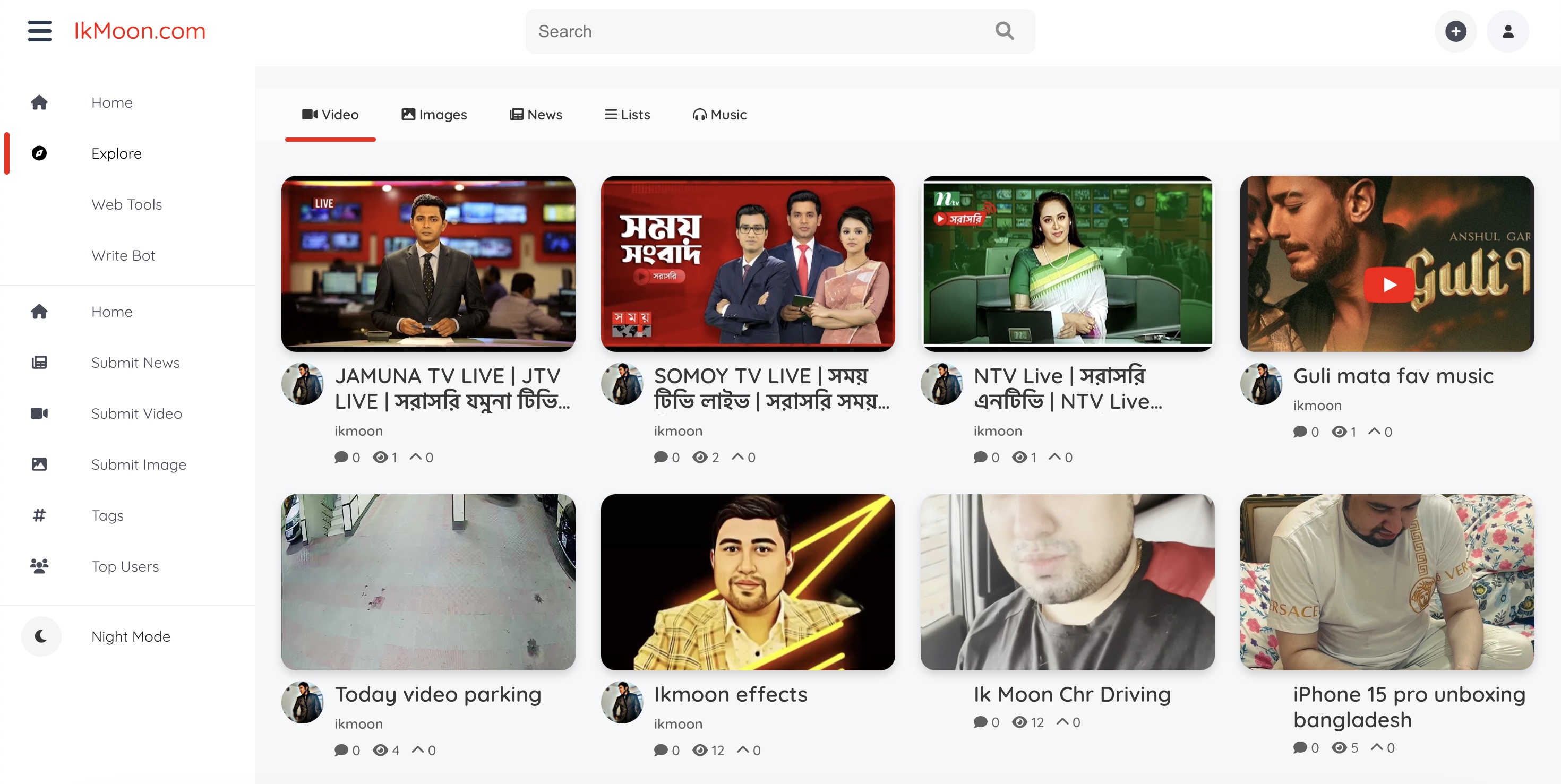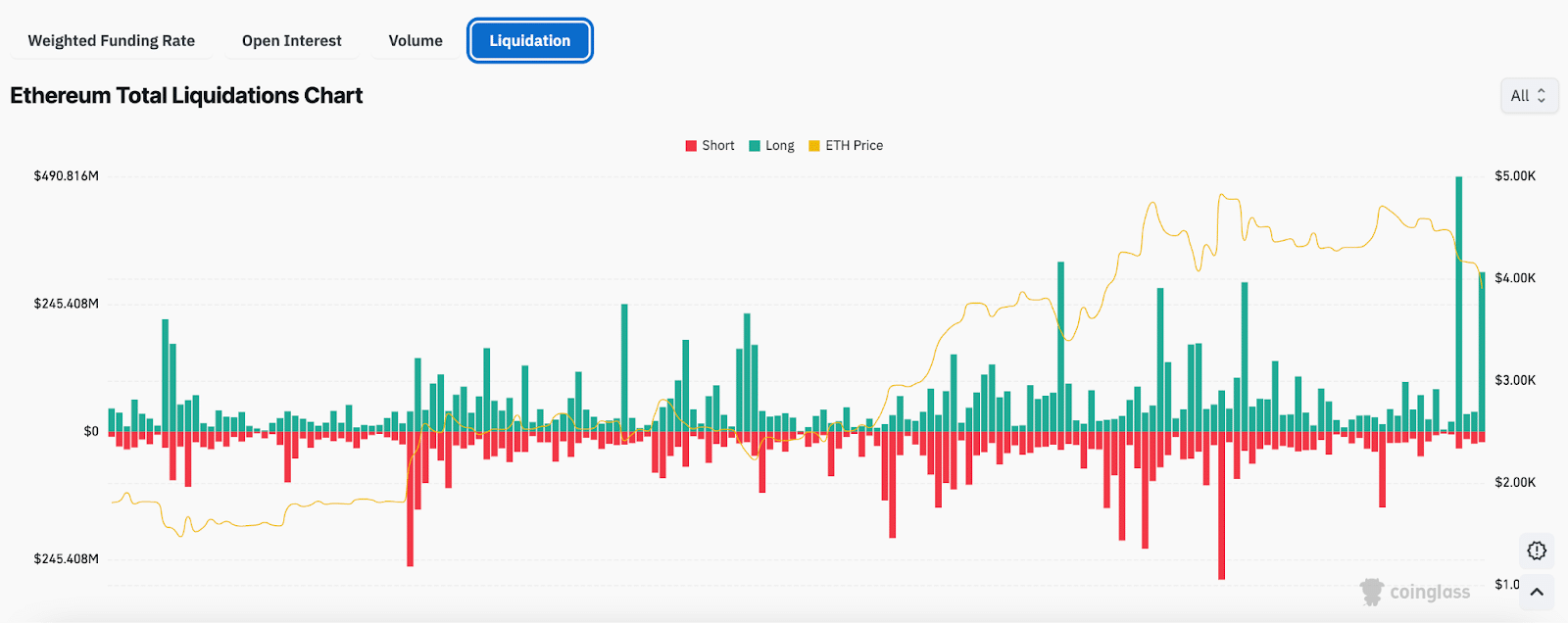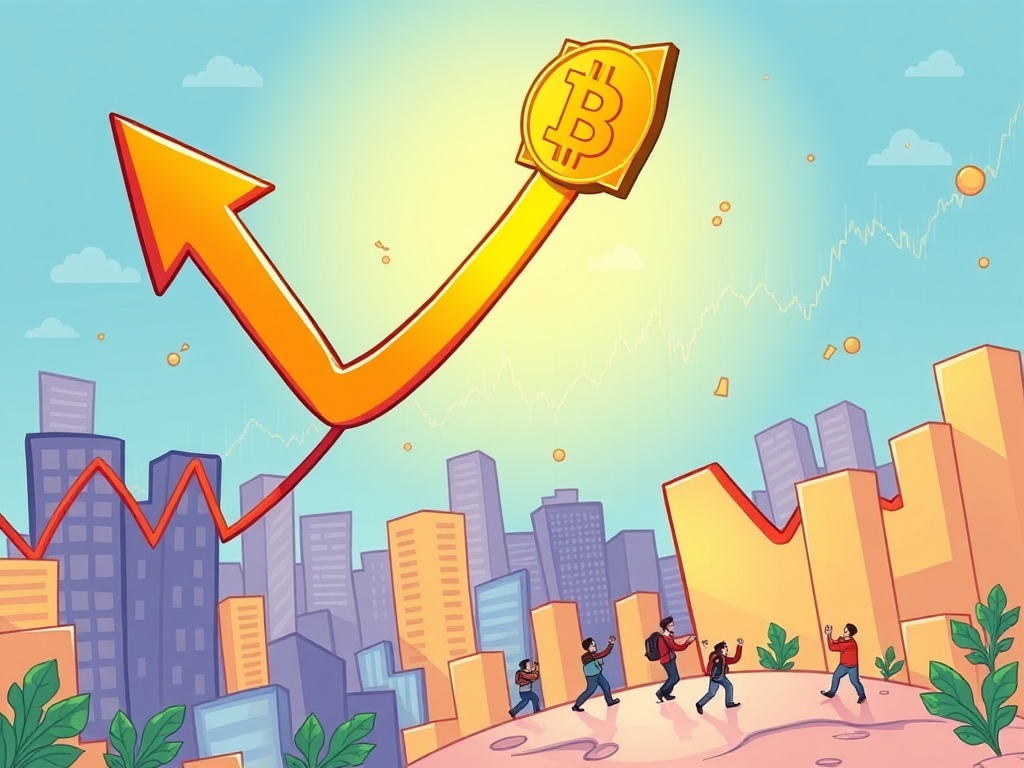The Power of DeFi: Decentralized Finance Without Middlemen
The post The Power of DeFi: Decentralized Finance Without Middlemen appeared on BitcoinEthereumNews.com. Decentralized Finance, or DeFi, is changing how people access financial services. Built on the blockchain network, it allows users to lend, borrow, trade, and even save without any intermediaries like middlemen or banks. In this article, gain deep insights into its functionalities, features, legal concerns, benefits and risks, and much more. The Rise of DeFi The idea of DeFi was to establish a financial system that was accessible, open, and transparent, so that people did not need banks or middlemen. Although DeFi began with smart contracts in 2015, it gained traction after 2017 when developers thought up new ways in which DeFi could be applied. Further, in 2020, platforms like Compound, Uniswap, and Aave introduced yield farming and liquidity mining. This enabled users to earn high returns, thus rapidly attracting billions in total value locked (TVL). Without the necessity for permissions or paperwork, transactions became easier with just a crypto wallet and the Internet. Further, it enabled developers to build new tools and financial services in a more open system. Although DeFi still has issues, like bugs in the code or unclear government rules, it continues to grow, attracting not just individuals but also major corporations. How does Decentralized Finance Work? Blockchain Technology DeFi platforms are built on blockchain technology, which acts as a digital ledger that records all transactions securely and transparently. This ensures that every action is traceable, tamper-proof, and publicly accessible, increasing trust and eliminating the need for intermediaries. Smart Contracts It handles financial transactions effortlessly, thus removing the need for middlemen. It enables secure, accurate, and fast processes like lending, borrowing, and trading based on pre-defined rules and agreements. Decentralized Applications (dApps) DeFi protocols run through decentralized applications, or dApps, which offer users financial tools such as lending platforms, decentralized exchanges (DEXs), yield farming interfaces, and…

The post The Power of DeFi: Decentralized Finance Without Middlemen appeared on BitcoinEthereumNews.com.
Decentralized Finance, or DeFi, is changing how people access financial services. Built on the blockchain network, it allows users to lend, borrow, trade, and even save without any intermediaries like middlemen or banks. In this article, gain deep insights into its functionalities, features, legal concerns, benefits and risks, and much more. The Rise of DeFi The idea of DeFi was to establish a financial system that was accessible, open, and transparent, so that people did not need banks or middlemen. Although DeFi began with smart contracts in 2015, it gained traction after 2017 when developers thought up new ways in which DeFi could be applied. Further, in 2020, platforms like Compound, Uniswap, and Aave introduced yield farming and liquidity mining. This enabled users to earn high returns, thus rapidly attracting billions in total value locked (TVL). Without the necessity for permissions or paperwork, transactions became easier with just a crypto wallet and the Internet. Further, it enabled developers to build new tools and financial services in a more open system. Although DeFi still has issues, like bugs in the code or unclear government rules, it continues to grow, attracting not just individuals but also major corporations. How does Decentralized Finance Work? Blockchain Technology DeFi platforms are built on blockchain technology, which acts as a digital ledger that records all transactions securely and transparently. This ensures that every action is traceable, tamper-proof, and publicly accessible, increasing trust and eliminating the need for intermediaries. Smart Contracts It handles financial transactions effortlessly, thus removing the need for middlemen. It enables secure, accurate, and fast processes like lending, borrowing, and trading based on pre-defined rules and agreements. Decentralized Applications (dApps) DeFi protocols run through decentralized applications, or dApps, which offer users financial tools such as lending platforms, decentralized exchanges (DEXs), yield farming interfaces, and…
What's Your Reaction?







































